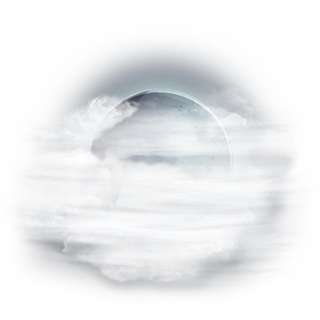On Monday, Feb. 10, David Shneer, a professor at the University of Colorado, gave a distinctive insight into perceptions of the Holocaust through photos. The event titled “Through Soviet Jewish Eyes: Photography, War, and the Holocaust,” was named after Shneer’s book published in 2011.
Students, adults and people from the Waltham area attended the event, discussing photos taken and published in different newspapers and magazines during World War II. Shneer centered his research on social history, visual culture and the history and memory of Holocaust. During his research, he found that many of the photographers were Jews from Soviet Russia. He examined the images taken during the Holocaust in order to analyze and develop additional views of what occurred and was not publicized.
Shneer introduced the presentation by telling stories about the Jewish photographers and their photographs. In Russia in the 1800s, photographers had permission to live in St. Petersburg, the capital. Thus, many Jewish men aspired to go into photography. It was a different form of apprenticeship and more interesting than becoming a shoemaker or a tailor. Photography was also more entrepreneurial and gave an individual a better chance of succeeding in providing for a family. Most of all, photography was a new type of technology that just required self-teaching. It was also a new way to express art. Many Jewish families moved to the capital under tsarist-ruled Russia.
Introducing different photographers, Shneer mentioned Moisei Nappelbaum (1867-1958), a famous Jewish photographer who would take photos of the tsar and his family in Soviet Russia. However, when the Revolution occurred, the Bolsheviks took over, and Nappelbaum switched jobs. Nappelbaum then started photographing the new elite—Vladimir Lenin. The most famous photo of Lenin was taken by Nappelbaum and is still shown today. This phenomenon was just the beginning for Shneer’s research on Jewish photographers.
Shneer came across another well-known photographer, Yevgney Khaldei (1917-1997), who was part of the Soviet military. His photograph “Soviet Military Photo Corp. at the Reichstag” of May of 1945 showcases the German Parliament in Berlin. According to Shneer, several versions of the image were taken, as people traded off between photographing and posing for the shot. Shneer was interested in the number of Jewish people in the group of men, which he found out was the majority of the individuals among the group. Khaldei also photographed the declaration of war, bombings that went off throughout the war and moments of liberation. As an active photographer, Khaldei’s collection of images embodies World War II’s moments of disaster, despair and despondency.
Like Khaldei, Emmanuel Euzerikhm, a second-generation photographer, also took a shot of the Soviet Union’s declaration of war in June of 1941. Euzerikhm was known for taking photos from odd angles, meant to represent the presence of large crowds. These photos represented unity still present among the people despite government censorship and heinous hate crimes committed against Jews. The strong discrimination and detest for Jews can be seen through the vivid images.
These visual icons certainly bring a new perspective to wartime behavior. As Shneer said, “Survival is the minority story, but images are reminisces.” These photos taken by Jewish photographs certainly depict the story of Soviet Union and the German occupation during the Holocaust. They do not focus on the usual empty landscapes, burial pits, camps and trains. Instead, they focus on Jewish life throughout the war and represent how life evolved and changed over time.
Many of these photos were published in different newspapers and articles, including Yiddish and Jewish papers overseas. However, the national newspapers had their own monopoly regarding which photos would be published. The propaganda campaigns during the Holocaust were very strong. Thus, Shneer’s revelation of these images allows viewers to understand more of Jewish life during the Holocaust, mainly focusing on Soviet Russia.
Shneer introduced the presentation with an image of the gates at Auschwitz, taken by Vladimir Yudin, and ended with the famous photograph of the survivors at Buchenwald on Apr. 16, 1945. He captured the audience and kept a sturdy and firm voice while presenting. The images that he showed and that he mentions in his book are in exhibition across the country.


